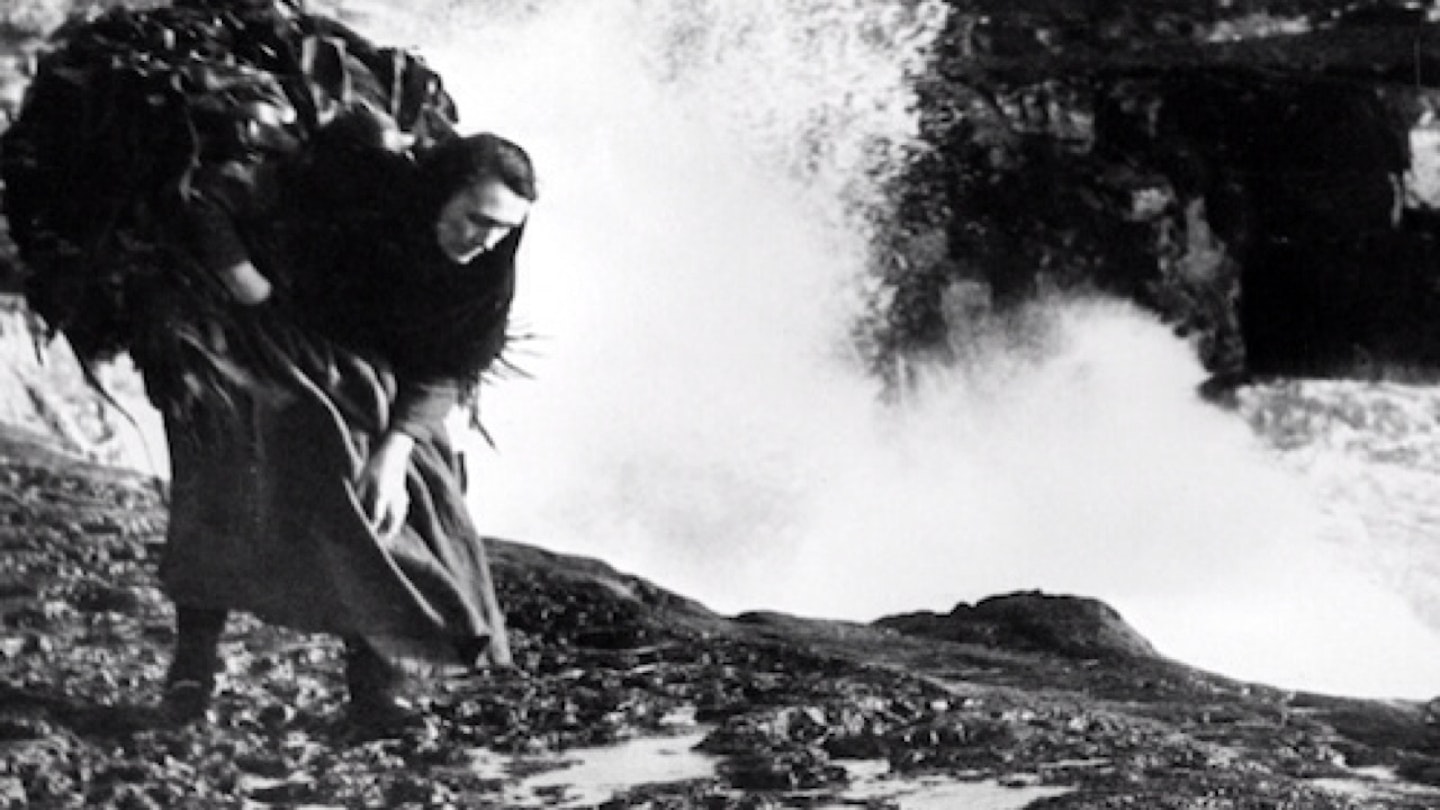Robert Flaherty conceived the idea of a sea hunt in 1932 when he sighted a basking shark near his then-home on Achill Island, off the County Mayo coast. Undeterred by the fact that Irish fishermen hadn't caught sharks for oil for some 60 years, Flaherty had replica harpoons made and put his cast through an intensive training course. However, he arrived on Aran after the basking season had ended and had to secure a year's shooting extension from Michael Balcon at Gainsborough, who had provided him with cast-off film stock and a big enough budget to shoot in silence and construct a soundtrack in post-production.
Flaherty amassed 200,000 feet of film and frequently feuded with the Soviet-influenced John Goldman as it was edited down to a mere 7,000. However, the fascinating clash between Flaherty's predilection for natural mise-en-scène and Goldman's preference for montage was largely overlooked as the film provoked a fierce ethical and artistic debate about the nature of documentary film-making.
While some critics praised Flaherty's use of long lenses to record the intimidating majesty of the ocean, many more regretted his manipulation of fact. The fisherman's family were selected for their photogenicity, while the use of seaweed for potato planting was as anachronistic as the shark hunt. But it wasn't the romaticising of reality that most objected to, but the failure to allude to such pressing issues as the islanders' exploitation by absentee landlords, the class conflict that existed on Aran and its relationship with the newly established Free State. Indeed, some accused Flaherty of producing a work of escapism whose patronising and reactionary attitudes to tradition and progress not only revealed his essential lack of humanity, but also abnegated the documentarist's duty to produce films with a social purpose.
Seen today, the action retains a heroic feel and it's hard not to admire Flaherty's eye for an image. But the compromised purity undoubtedly detracts from the picture's impact and it pales in comparison with the more astutely made Louisiana Story (1948).
